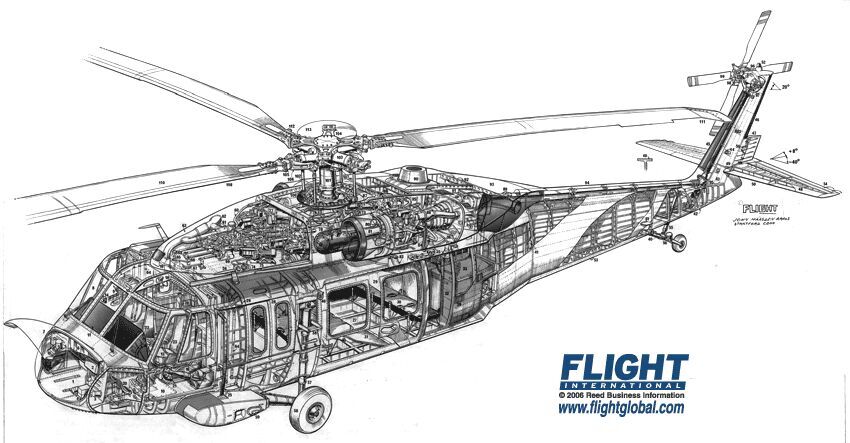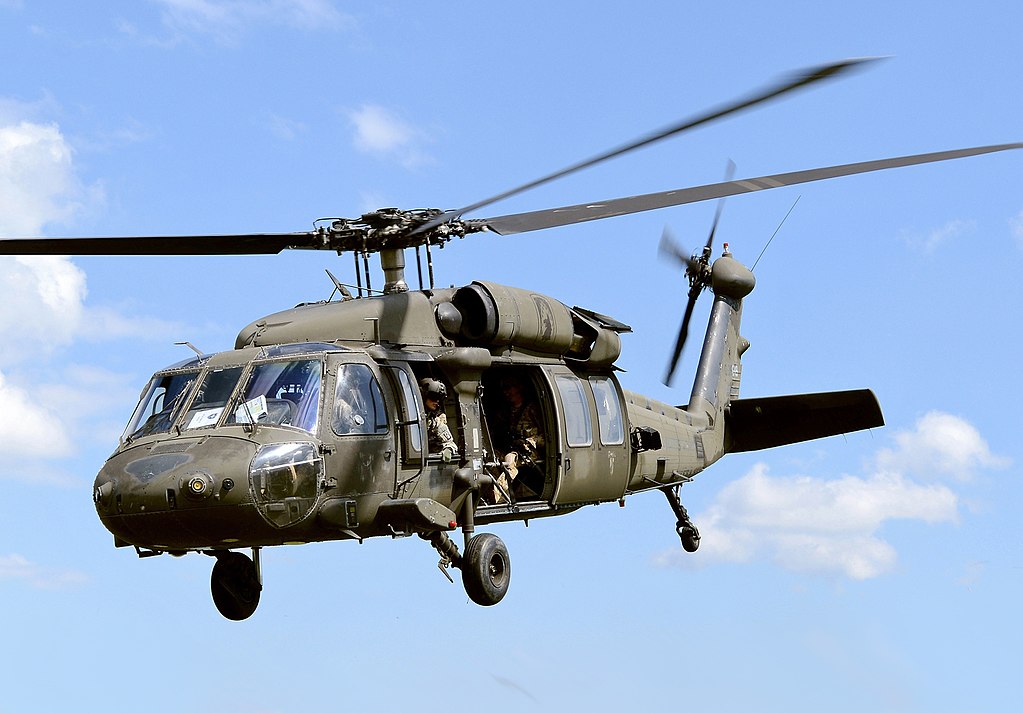Navigating Skies Safely: UH-60 Blackhawk Pilot Educating Essentials
Navigating Skies Safely: UH-60 Blackhawk Pilot Educating Essentials
Blog Article
Checking Out the History and Development of Uh 60 Helicopters
The advancement of UH-60 helicopters stands as a testament to the unrelenting pursuit of development in aviation technology. From their humble beginnings to coming to be one of the most versatile and widely utilized aircraft in military procedures, the journey of these helicopters is an interesting one. As we explore the history of UH-60 helicopters, we reveal not just a timeline of advancements however additionally the crucial role they have played fit modern-day war. Join us as we uncover the interesting tale behind the UH-60 helicopters and explore the effect they proceed to carry military methods and operations worldwide.
Early Beginnings and Advancement
The early origins and growth of the Uh-60 helicopters can be traced back to the demand for a functional and reputable aircraft for numerous military procedures. In the late 1960s, the United States Army acknowledged the limitations of existing helicopters and started the Energy Tactical Transport Aircraft System (UTTAS) program to create a new generation of energy helicopters. This program aimed to attend to the shortcomings of older helicopter versions by integrating innovative innovations and enhanced performance abilities.

Introduction of the UH-60 Black Hawk
With the UH-60 Black Hawk's access into solution, a new period in armed forces aviation dawned, noting a significant innovation in capacities and adaptability for the United States Army. Presented in 1979, the UH-60 Black Hawk was developed as a multi-mission helicopter to change the aging fleet of UH-1 Iroquois helicopters. The Black Hawk's sophisticated attributes, consisting of twin engines for increased power and survivability, a four-blade major rotor system for enhanced lift efficiency, and a spacious cabin capable of fitting approximately 11 totally outfitted troops, changed the Military's air attack and energy capabilities.
The UH-60 Black Hawk swiftly proved its worth in a range of goals, from army transport and medical emptying to unique operations and search and rescue. Its adaptability and integrity were further demonstrated throughout Operation Urgent Fury in Grenada in 1983 and the invasion of Panama in 1989. The Black Hawk's success brought about its extensive fostering not only by the united state Military but likewise by various other army forces and government firms worldwide.

Technological Innovations Throughout The Years
Throughout the evolution of the UH-60 Black Hawk helicopters, significant technical developments have constantly improved their efficiency and abilities. One of the vital innovations is the combination of innovative avionics systems, including electronic cockpits with multifunction screens, trip management systems, and progressed interaction systems. These improvements have not just enhanced the situational recognition Website of the crew yet have also streamlined the total operation of the aircraft.

Additionally, the adoption of more powerful engines has actually substantially boosted the UH-60 Black Hawk's speed, maneuverability, and lift capability. The current models are furnished with much more efficient turboshaft engines that give greater power outcome while maintaining fuel performance.
Role of UH-60 in Military Procedures
Having actually undertaken significant technological improvements for many years, the UH-60 Black Hawk helicopters play an important function in different armed forces operations due to their flexibility and integrity. These helicopters are extensively used for objectives such as army transport, clinical discharge, air attack, and unique operations. The UH-60 is especially valued for its ability to operate in varied environments, varying from complicated urban settings to tough terrains, giving military forces with a highly Read More Here adaptable airborne platform.
The UH-60's duty in sustaining ground forces, performing reconnaissance objectives, and providing logistical support further underscores its relevance in modern army procedures. Overall, the UH-60 Black Hawk helicopters continue to be crucial assets for armed forces around the world, enabling them to accomplish their objectives with precision and efficiency.
Modern Applications and Future Potential Customers
In the contemporary landscape of armed forces procedures, the UH-60 Black Hawk helicopters remain to demonstrate their adaptability and tactical relevance via innovative modern technologies and developing objective capacities. Among the vital modern-day applications of the UH-60 is its crucial role in clinical evacuation missions, where its flexibility and speed contribute in promptly carrying hurt personnel from the battlefield to clinical centers. Furthermore, the UH-60's sophisticated avionics systems and improved maneuverability make it an important possession in unique procedures, including insertion and removal of special forces in aggressive settings.
Looking in the direction of the future, the why not look here UH-60 system is positioned to undergo additional improvements to boost its capacities. Future leads for the UH-60 consist of the integration of autonomous trip technologies to boost functional efficiency and minimize human error. In addition, developments in products scientific research and propulsion systems may result in improvements in the helicopter's efficiency, payload, and array capacity, guaranteeing its continued relevance in contemporary war situations. As armed forces needs evolve, the UH-60 Black Hawk helicopters are anticipated to innovate and adapt to satisfy the challenges of tomorrow's functional settings.
Verdict
Finally, the background and evolution of UH-60 helicopters have been marked by substantial advancements in technology and their crucial function in armed forces procedures. From their very early beginnings to their modern applications, these helicopters have constantly adjusted to fulfill the changing demands of the military - uh-60 blackhawk. With ongoing developments in innovation, the future leads for UH-60 helicopters remain appealing as they remain to play a vital function in different army missions
Sikorsky Aircraft Firm, a renowned helicopter manufacturer, responded to the UTTAS program's needs by creating the UH-60 Black Hawk helicopter. Presented in 1979, the UH-60 Black Hawk was developed as a multi-mission helicopter to replace the aging fleet of UH-1 Iroquois helicopters.Having gone through substantial technical innovations over the years, the UH-60 Black Hawk helicopters play an important role in various army procedures due to their versatility and reliability.In the contemporary landscape of armed forces procedures, the UH-60 Black Hawk helicopters proceed to show their adaptability and calculated importance with sophisticated technologies and developing mission abilities. As armed forces demands evolve, the UH-60 Black Hawk helicopters are anticipated to adapt and innovate to fulfill the difficulties of tomorrow's operational settings.
Report this page